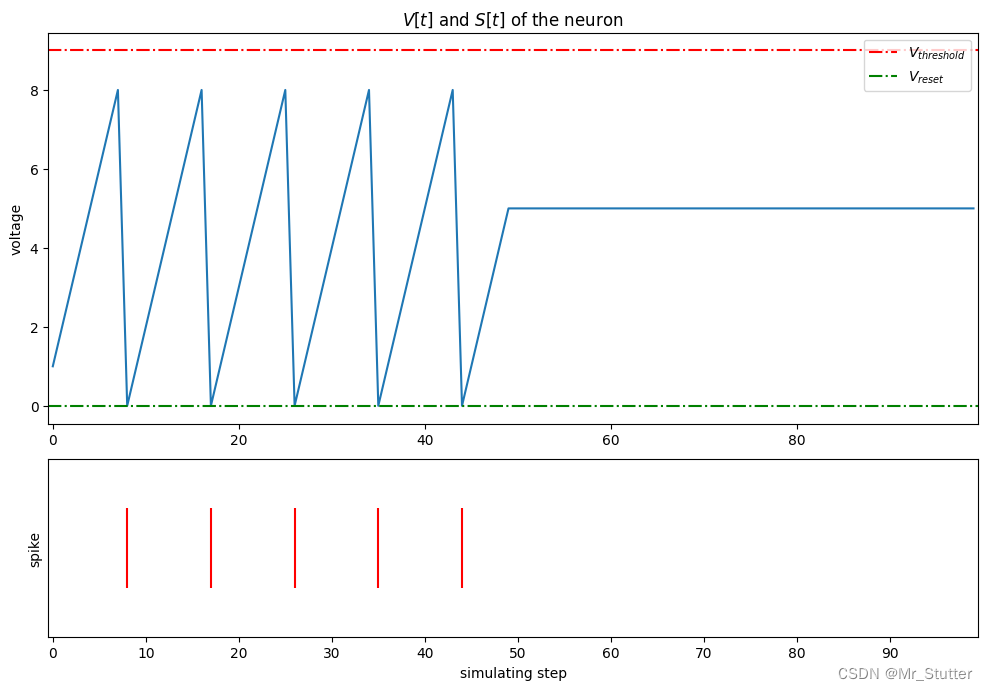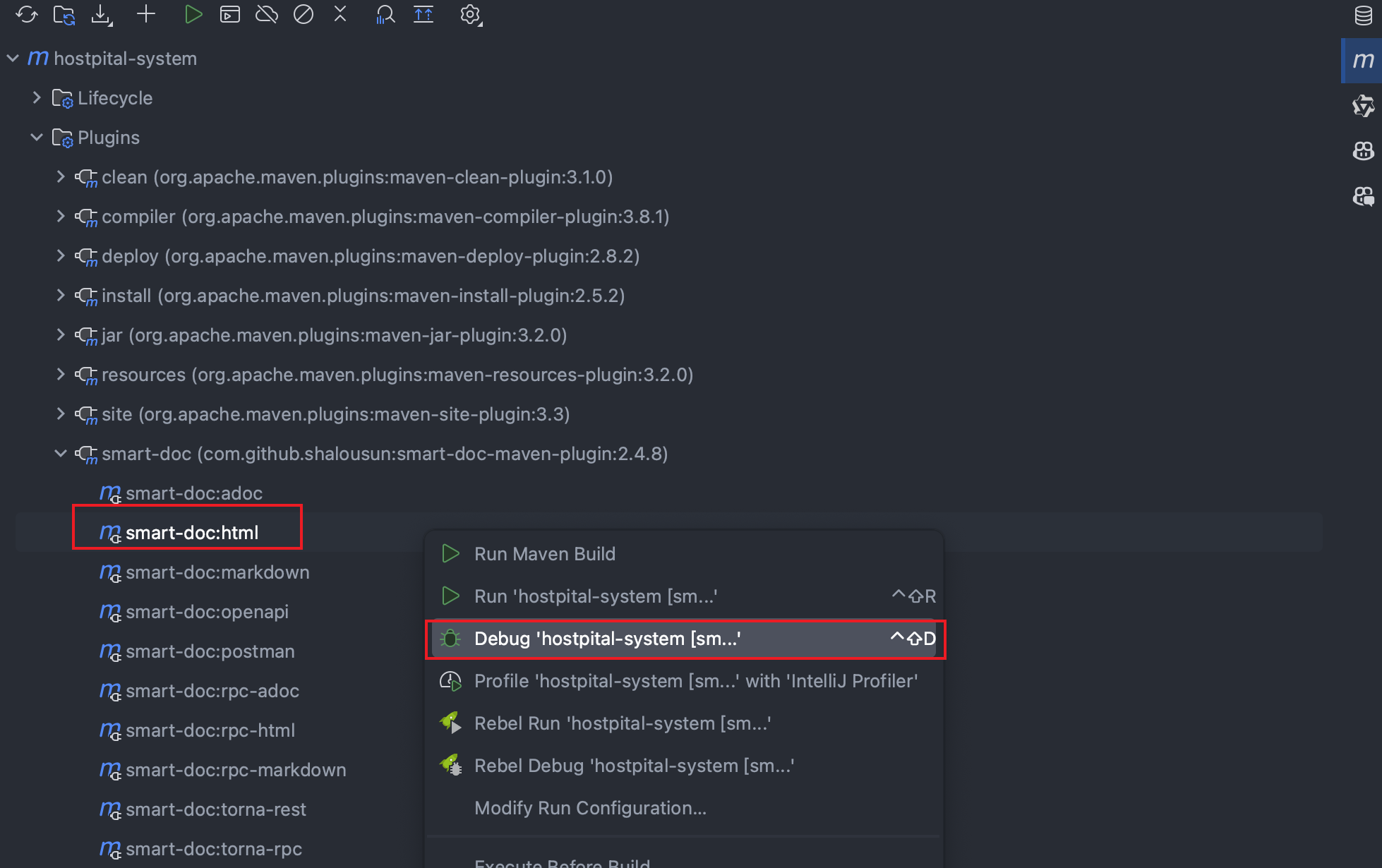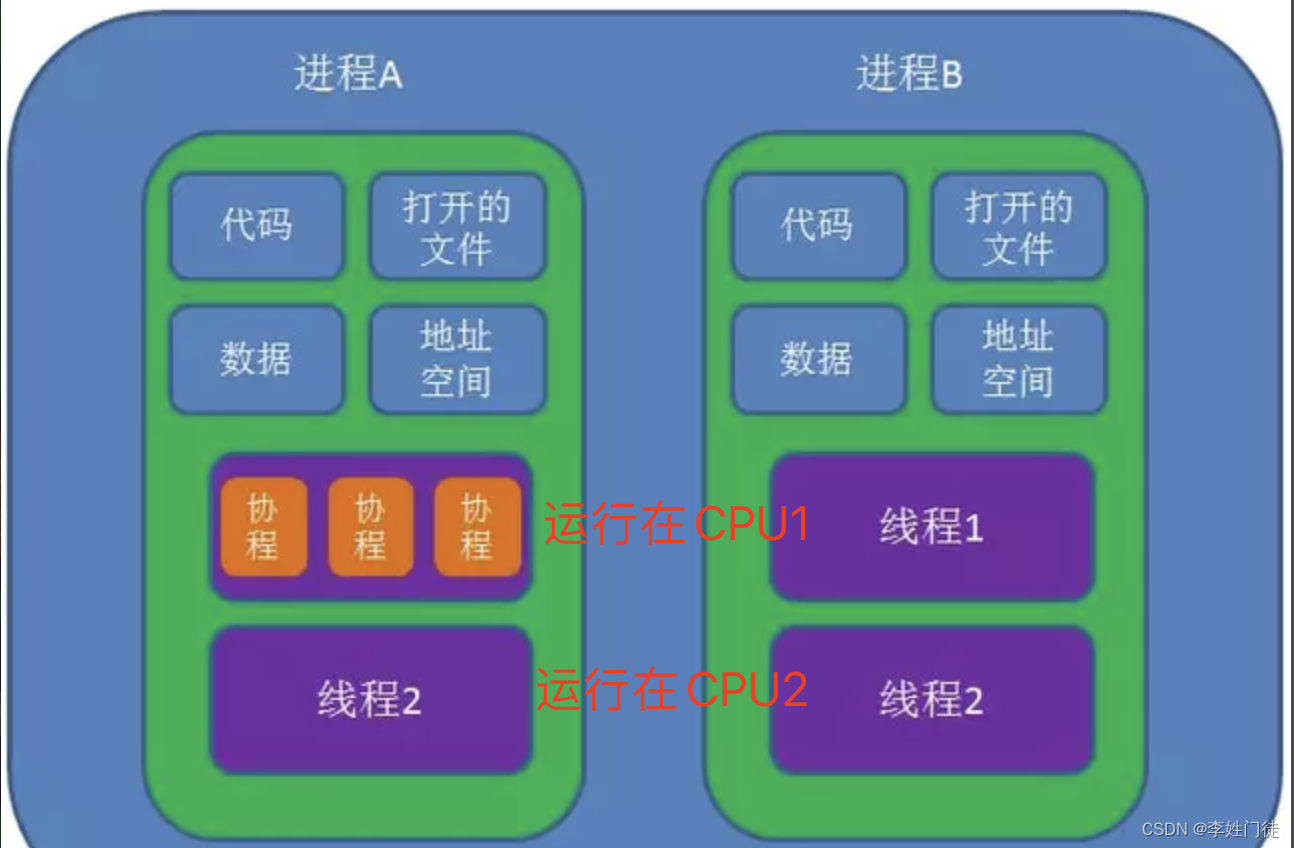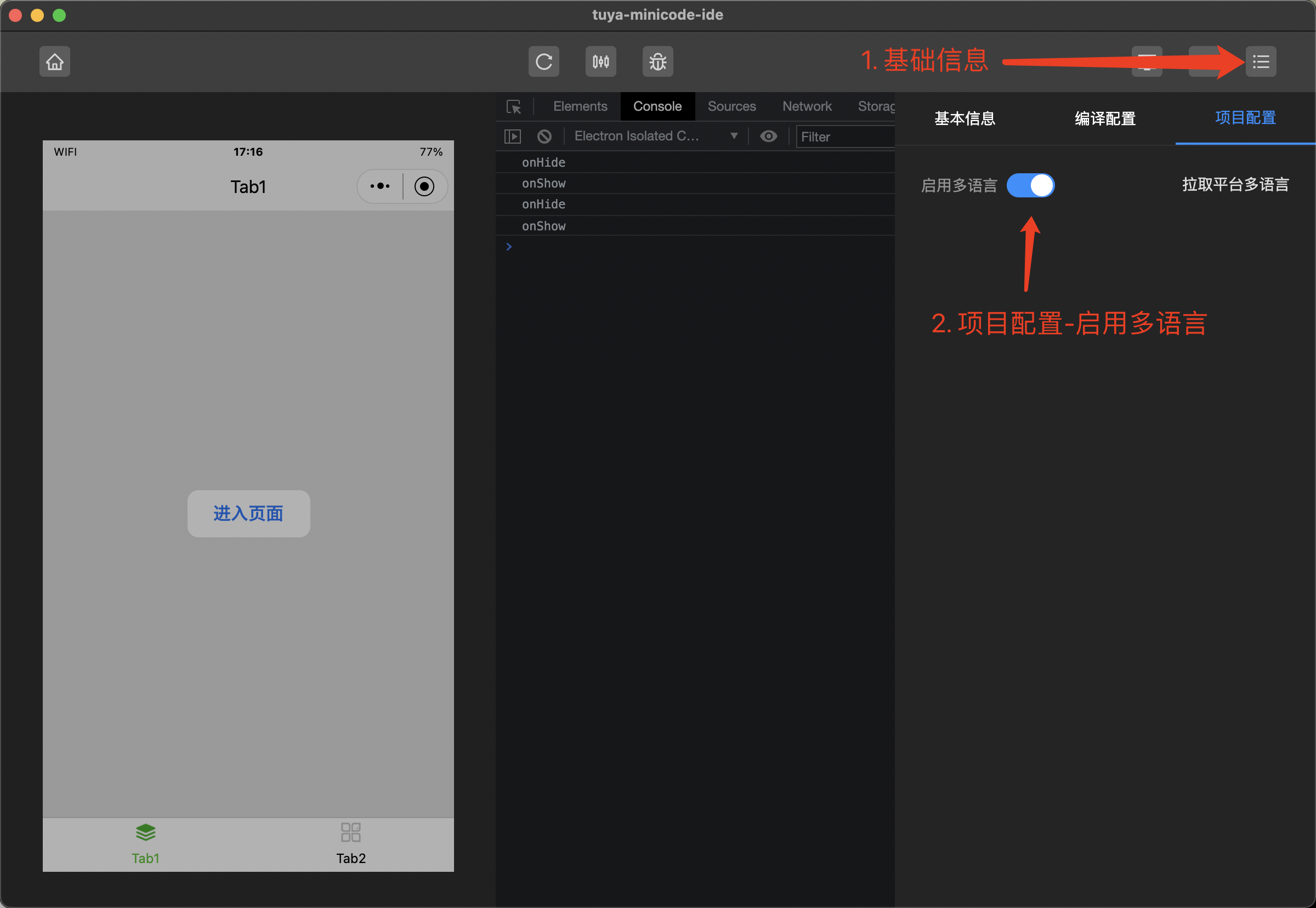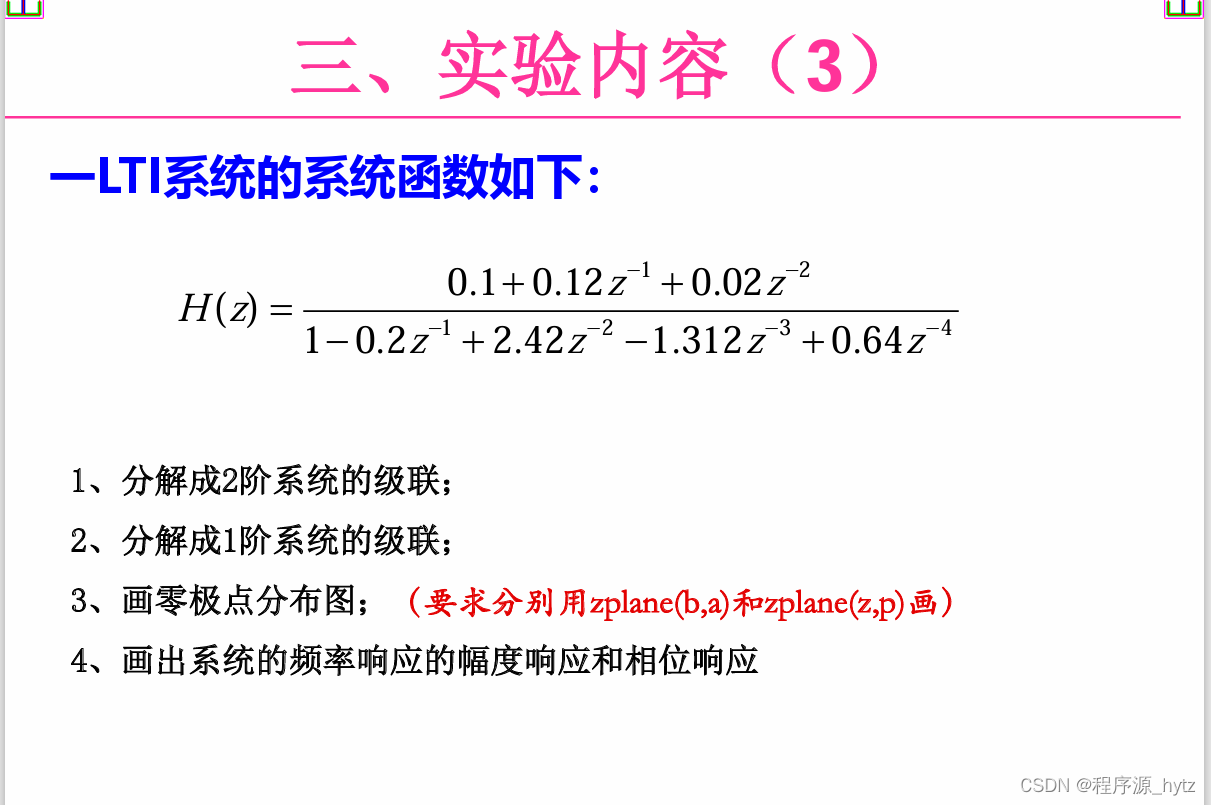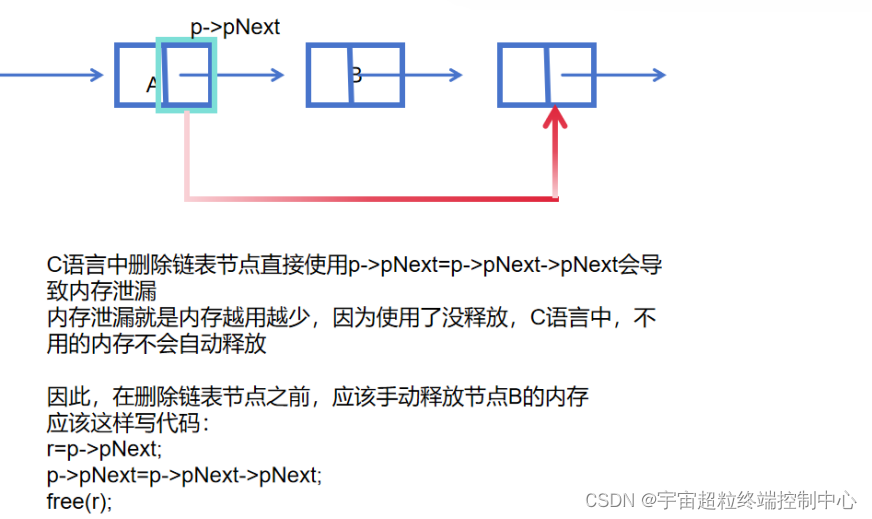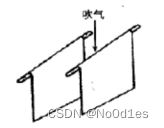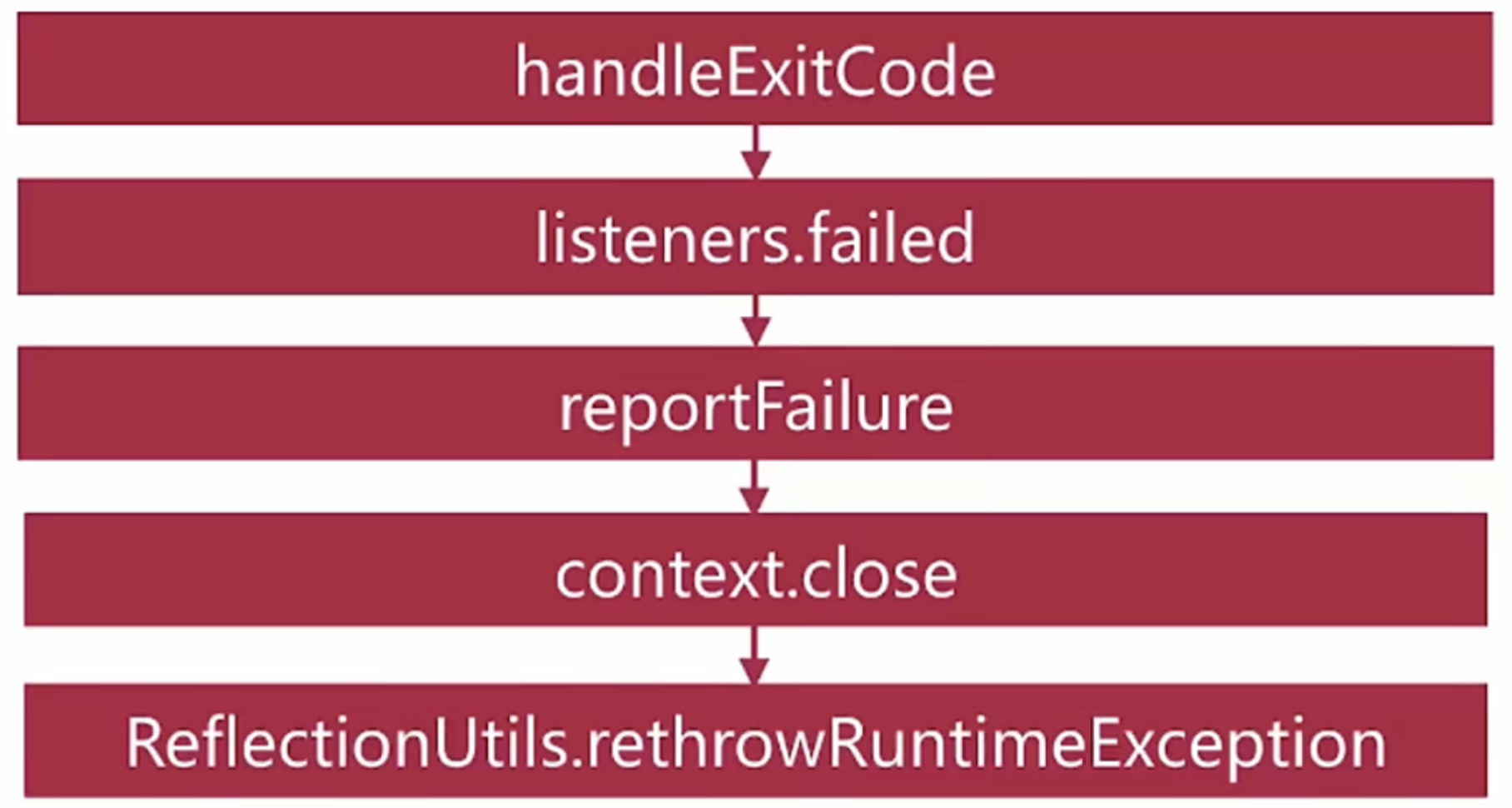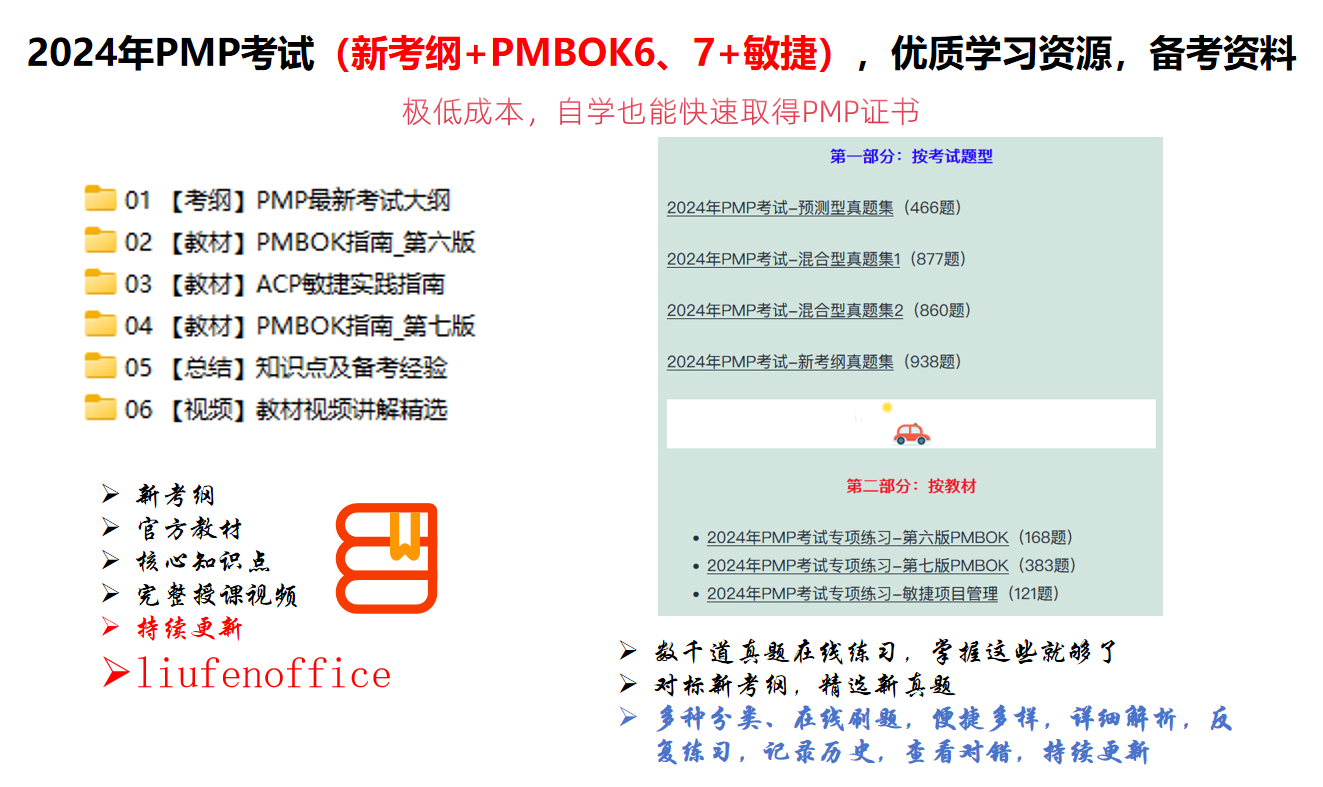前言
大家好,我是Snu77,这里是RT-DETR有效涨点专栏。
本专栏的内容为根据ultralytics版本的RT-DETR进行改进,内容持续更新,每周更新文章数量3-10篇。
专栏以ResNet18、ResNet50为基础修改版本,同时修改内容也支持ResNet32、ResNet101和PPHGNet版本,其中ResNet为RT-DETR官方版本1:1移植过来的,参数量基本保持一致(误差很小很小),不同于ultralytics仓库版本的ResNet官方版本,同时ultralytics仓库的一些参数是和RT-DETR相冲的所以我也是会教大家调好一些参数和代码,真正意义上的跑ultralytics的和RT-DETR官方版本的无区别
👑欢迎大家订阅本专栏,一起学习RT-DETR👑
一、本文介绍
这次给大家带来的改进机制是EfficientV2其也是由Google发布,其是V1的升级版本,无论是效率还是精度都是比V1版本更高。它的特点是训练速度更快、参数效率更高。通过结合训练感知的神经架构搜索和缩放,模型在训练速度和参数效率上都得到了优化。还提出了一种改进的渐进式学习方法,通过在训练过程中逐步增加图像尺寸并适应性调整正则化来加快训练速度,同时保持准确性。本文首先通过介绍其主要框架原理,然后教大家如何添加该网络结构到网络模型中,并附上yaml文件和运行代码,大家看如下的结果对比图mAP50大概提升了3.5个半分点,单网络改进已经能够达到发论文的精度了。

专栏链接:RT-DETR剑指论文专栏,持续复现各种顶会内容——论文收割机RT-DETR
目录
一、本文介绍
二、EfficientNetV2的框架原理
三、EfficientNetV2的核心代码
四、手把手教你添加EfficientNetV2机制
4.1 修改一
4.2 修改二
4.3 修改三
4.4 修改四
4.5 修改五
4.6 修改六
4.7 修改七
4.8 修改八
4.9 RT-DETR不能打印计算量问题的解决
4.10 可选修改
五、EfficientNetV2的yaml文件
5.1 yaml文件
5.2 运行文件
5.3 成功训练截图
六、全文总结
二、EfficientNetV2的框架原理

官方论文地址: 官方论文地址点击即可跳转
官方代码地址: 官方代码地址点击即可跳转

这篇论文主要介绍了EfficientNetV2,这是一种新型的卷积神经网络,它的特点是训练速度更快、参数效率更高。通过结合训练感知的神经架构搜索和缩放,模型在训练速度和参数效率上都得到了优化。文章还提出了一种改进的渐进式学习方法,通过在训练过程中逐步增加图像尺寸并适应性调整正则化来加快训练速度,同时保持准确性。
EfficientNetV2的主要创新点包括:
1. 结构创新:EfficientNetV2在早期层中采用了fused-MBConv结构,这有助于降低内存访问开销。此外,EfficientNetV2倾向于使用较小的扩展比例和3x3的卷积核大小,同时增加更多的层次来补偿由于使用较小卷积核导致的接收域减小。最后,EfficientNetV2完全移除了原始EfficientNet中的最后一个stride-1阶段,可能是因为它的大参数尺寸和内存访问开销。
2. 训练速度的优化:您的研究比较了EfficientNetV2与其他模型在固定图像大小下的训练步骤时间。EfficientNetV2通过训练感知的神经架构搜索和模型缩放,实现了比其他最新模型更快的训练速度。
3.渐进式学习与自适应正则化:EfficientNetV2采用了改进的渐进式学习方法,该方法在训练早期使用较小的图像尺寸和较弱的正则化,使得网络可以更容易、更快地学习简单的表示。随着训练的进行,逐渐增加图像尺寸,并通过增强正则化来提高学习难度。
4. 自适应正则化的重要性:您的研究强调了自适应正则化的重要性,这种方法根据图像大小动态调整正则化强度。该方法简单但有效,并且可以与其他方法结合使用。
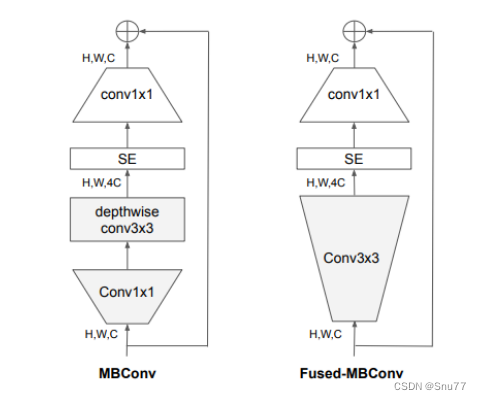
图片展示了两种卷积神经网络中的模块:MBConv和Fused-MBConv的结构。
MBConv:这是一种包含了深度可分离卷积(depthwise conv3x3)的模块,其包括1x1的卷积用于调整通道数,随后是深度可分离卷积用于捕捉空间特征,最后又是一个1x1的卷积来恢复通道数。此外,它还包含一个SE模块(Squeeze-and-Excitation),用于通过学习重要通道的权重来提高网络的表示能力。
Fused-MBConv:与MBConv类似,这种结构也包含了SE模块和1x1的卷积,但它将深度可分离卷积替换为了一个标准的3x3卷积,这通常可以减少运算量并提高性能。
这两种结构通常用于构建高效的深度学习模型,特别是在计算资源有限的情况下。Fused-MBConv因为其结构简会带来计算效率的提升。
三、EfficientNetV2的核心代码
import copy
from functools import partial
from collections import OrderedDict
from torch import nn
import os
import re
import subprocess
from pathlib import Path
import numpy as np
import torch
__all__ = ['efficientnet_v2']
def get_efficientnet_v2_structure(model_name):
if 'efficientnet_v2_s' in model_name:
return [
# e k s in out xN se fused
(1, 3, 1, 24, 24, 2, False, True),
(4, 3, 2, 24, 48, 4, False, True),
(4, 3, 2, 48, 64, 4, False, True),
(4, 3, 2, 64, 128, 6, True, False),
(6, 3, 1, 128, 160, 9, True, False),
(6, 3, 2, 160, 256, 15, True, False),
]
elif 'efficientnet_v2_m' in model_name:
return [
# e k s in out xN se fused
(1, 3, 1, 24, 24, 3, False, True),
(4, 3, 2, 24, 48, 5, False, True),
(4, 3, 2, 48, 80, 5, False, True),
(4, 3, 2, 80, 160, 7, True, False),
(6, 3, 1, 160, 176, 14, True, False),
(6, 3, 2, 176, 304, 18, True, False),
(6, 3, 1, 304, 512, 5, True, False),
]
elif 'efficientnet_v2_l' in model_name:
return [
# e k s in out xN se fused
(1, 3, 1, 32, 32, 4, False, True),
(4, 3, 2, 32, 64, 7, False, True),
(4, 3, 2, 64, 96, 7, False, True),
(4, 3, 2, 96, 192, 10, True, False),
(6, 3, 1, 192, 224, 19, True, False),
(6, 3, 2, 224, 384, 25, True, False),
(6, 3, 1, 384, 640, 7, True, False),
]
elif 'efficientnet_v2_xl' in model_name:
return [
# e k s in out xN se fused
(1, 3, 1, 32, 32, 4, False, True),
(4, 3, 2, 32, 64, 8, False, True),
(4, 3, 2, 64, 96, 8, False, True),
(4, 3, 2, 96, 192, 16, True, False),
(6, 3, 1, 192, 256, 24, True, False),
(6, 3, 2, 256, 512, 32, True, False),
(6, 3, 1, 512, 640, 8, True, False),
]
class ConvBNAct(nn.Sequential):
"""Convolution-Normalization-Activation Module"""
def __init__(self, in_channel, out_channel, kernel_size, stride, groups, norm_layer, act, conv_layer=nn.Conv2d):
super(ConvBNAct, self).__init__(
conv_layer(in_channel, out_channel, kernel_size, stride=stride, padding=(kernel_size - 1) // 2,
groups=groups, bias=False),
norm_layer(out_channel),
act()
)
class SEUnit(nn.Module):
"""Squeeze-Excitation Unit
paper: https://openaccess.thecvf.com/content_cvpr_2018/html/Hu_Squeeze-and-Excitation_Networks_CVPR_2018_paper
"""
def __init__(self, in_channel, reduction_ratio=4, act1=partial(nn.SiLU, inplace=True), act2=nn.Sigmoid):
super(SEUnit, self).__init__()
hidden_dim = in_channel // reduction_ratio
self.avg_pool = nn.AdaptiveAvgPool2d((1, 1))
self.fc1 = nn.Conv2d(in_channel, hidden_dim, (1, 1), bias=True)
self.fc2 = nn.Conv2d(hidden_dim, in_channel, (1, 1), bias=True)
self.act1 = act1()
self.act2 = act2()
def forward(self, x):
return x * self.act2(self.fc2(self.act1(self.fc1(self.avg_pool(x)))))
class StochasticDepth(nn.Module):
"""StochasticDepth
paper: https://link.springer.com/chapter/10.1007/978-3-319-46493-0_39
:arg
- prob: Probability of dying
- mode: "row" or "all". "row" means that each row survives with different probability
"""
def __init__(self, prob, mode):
super(StochasticDepth, self).__init__()
self.prob = prob
self.survival = 1.0 - prob
self.mode = mode
def forward(self, x):
if self.prob == 0.0 or not self.training:
return x
else:
shape = [x.size(0)] + [1] * (x.ndim - 1) if self.mode == 'row' else [1]
return x * torch.empty(shape).bernoulli_(self.survival).div_(self.survival).to(x.device)
class MBConvConfig:
"""EfficientNet Building block configuration"""
def __init__(self, expand_ratio: float, kernel: int, stride: int, in_ch: int, out_ch: int, layers: int,
use_se: bool, fused: bool, act=nn.SiLU, norm_layer=nn.BatchNorm2d):
self.expand_ratio = expand_ratio
self.kernel = kernel
self.stride = stride
self.in_ch = in_ch
self.out_ch = out_ch
self.num_layers = layers
self.act = act
self.norm_layer = norm_layer
self.use_se = use_se
self.fused = fused
@staticmethod
def adjust_channels(channel, factor, divisible=8):
new_channel = channel * factor
divisible_channel = max(divisible, (int(new_channel + divisible / 2) // divisible) * divisible)
divisible_channel += divisible if divisible_channel < 0.9 * new_channel else 0
return divisible_channel
class MBConv(nn.Module):
"""EfficientNet main building blocks
:arg
- c: MBConvConfig instance
- sd_prob: stochastic path probability
"""
def __init__(self, c, sd_prob=0.0):
super(MBConv, self).__init__()
inter_channel = c.adjust_channels(c.in_ch, c.expand_ratio)
block = []
if c.expand_ratio == 1:
block.append(('fused', ConvBNAct(c.in_ch, inter_channel, c.kernel, c.stride, 1, c.norm_layer, c.act)))
elif c.fused:
block.append(('fused', ConvBNAct(c.in_ch, inter_channel, c.kernel, c.stride, 1, c.norm_layer, c.act)))
block.append(('fused_point_wise', ConvBNAct(inter_channel, c.out_ch, 1, 1, 1, c.norm_layer, nn.Identity)))
else:
block.append(('linear_bottleneck', ConvBNAct(c.in_ch, inter_channel, 1, 1, 1, c.norm_layer, c.act)))
block.append(('depth_wise',
ConvBNAct(inter_channel, inter_channel, c.kernel, c.stride, inter_channel, c.norm_layer,
c.act)))
block.append(('se', SEUnit(inter_channel, 4 * c.expand_ratio)))
block.append(('point_wise', ConvBNAct(inter_channel, c.out_ch, 1, 1, 1, c.norm_layer, nn.Identity)))
self.block = nn.Sequential(OrderedDict(block))
self.use_skip_connection = c.stride == 1 and c.in_ch == c.out_ch
self.stochastic_path = StochasticDepth(sd_prob, "row")
def forward(self, x):
out = self.block(x)
if self.use_skip_connection:
out = x + self.stochastic_path(out)
return out
class EfficientNetV2(nn.Module):
"""Pytorch Implementation of EfficientNetV2
paper: https://arxiv.org/abs/2104.00298
- reference 1 (pytorch): https://github.com/d-li14/efficientnetv2.pytorch/blob/main/effnetv2.py
- reference 2 (official): https://github.com/google/automl/blob/master/efficientnetv2/effnetv2_configs.py
:arg
- layer_infos: list of MBConvConfig
- out_channels: bottleneck channel
- nlcass: number of class
- dropout: dropout probability before classifier layer
- stochastic depth: stochastic depth probability
"""
def __init__(self, layer_infos, nclass=0, dropout=0.2, stochastic_depth=0.0,
block=MBConv, act_layer=nn.SiLU, norm_layer=nn.BatchNorm2d):
super(EfficientNetV2, self).__init__()
self.layer_infos = layer_infos
self.norm_layer = norm_layer
self.act = act_layer
self.in_channel = layer_infos[0].in_ch
self.final_stage_channel = layer_infos[-1].out_ch
self.cur_block = 0
self.num_block = sum(stage.num_layers for stage in layer_infos)
self.stochastic_depth = stochastic_depth
self.stem = ConvBNAct(3, self.in_channel, 3, 2, 1, self.norm_layer, self.act)
self.blocks = nn.Sequential(*self.make_stages(layer_infos, block))
self.width_list = [i.size(1) for i in self.forward(torch.randn(1, 3, 640, 640))]
def make_stages(self, layer_infos, block):
return [layer for layer_info in layer_infos for layer in self.make_layers(copy.copy(layer_info), block)]
def make_layers(self, layer_info, block):
layers = []
for i in range(layer_info.num_layers):
layers.append(block(layer_info, sd_prob=self.get_sd_prob()))
layer_info.in_ch = layer_info.out_ch
layer_info.stride = 1
return layers
def get_sd_prob(self):
sd_prob = self.stochastic_depth * (self.cur_block / self.num_block)
self.cur_block += 1
return sd_prob
def forward(self, x):
x = self.stem(x)
unique_tensors = {}
for idx, block in enumerate(self.blocks):
x = block(x)
width, height = x.shape[2], x.shape[3]
unique_tensors[(width, height)] = x
result_list = list(unique_tensors.values())[-4:]
return result_list
def efficientnet_v2_init(model):
for m in model.modules():
if isinstance(m, nn.Conv2d):
nn.init.kaiming_normal_(m.weight, mode='fan_out')
if m.bias is not None:
nn.init.zeros_(m.bias)
elif isinstance(m, (nn.BatchNorm2d, nn.GroupNorm)):
nn.init.ones_(m.weight)
nn.init.zeros_(m.bias)
elif isinstance(m, nn.Linear):
nn.init.normal_(m.weight, mean=0.0, std=0.01)
nn.init.zeros_(m.bias)
model_urls = {
"efficientnet_v2_s": "https://github.com/hankyul2/EfficientNetV2-pytorch/releases/download/EfficientNetV2-pytorch/efficientnetv2-s.npy",
"efficientnet_v2_m": "https://github.com/hankyul2/EfficientNetV2-pytorch/releases/download/EfficientNetV2-pytorch/efficientnetv2-m.npy",
"efficientnet_v2_l": "https://github.com/hankyul2/EfficientNetV2-pytorch/releases/download/EfficientNetV2-pytorch/efficientnetv2-l.npy",
"efficientnet_v2_s_in21k": "https://github.com/hankyul2/EfficientNetV2-pytorch/releases/download/EfficientNetV2-pytorch/efficientnetv2-s-21k.npy",
"efficientnet_v2_m_in21k": "https://github.com/hankyul2/EfficientNetV2-pytorch/releases/download/EfficientNetV2-pytorch/efficientnetv2-m-21k.npy",
"efficientnet_v2_l_in21k": "https://github.com/hankyul2/EfficientNetV2-pytorch/releases/download/EfficientNetV2-pytorch/efficientnetv2-l-21k.npy",
"efficientnet_v2_xl_in21k": "https://github.com/hankyul2/EfficientNetV2-pytorch/releases/download/EfficientNetV2-pytorch/efficientnetv2-xl-21k.npy",
}
def load_from_zoo(model, model_name, pretrained_path='pretrained/official'):
Path(os.path.join(pretrained_path, model_name)).mkdir(parents=True, exist_ok=True)
file_name = os.path.join(pretrained_path, model_name, os.path.basename(model_urls[model_name]))
load_npy(model, load_npy_from_url(url=model_urls[model_name], file_name=file_name))
def load_npy_from_url(url, file_name):
if not Path(file_name).exists():
subprocess.run(["wget", "-r", "-nc", '-O', file_name, url])
return np.load(file_name, allow_pickle=True).item()
def npz_dim_convertor(name, weight):
weight = torch.from_numpy(weight)
if 'kernel' in name:
if weight.dim() == 4:
if weight.shape[3] == 1:
# depth-wise convolution 'h w in_c out_c -> in_c out_c h w'
weight = torch.permute(weight, (2, 3, 0, 1))
else:
# 'h w in_c out_c -> out_c in_c h w'
weight = torch.permute(weight, (3, 2, 0, 1))
elif weight.dim() == 2:
weight = weight.transpose(1, 0)
elif 'scale' in name or 'bias' in name:
weight = weight.squeeze()
return weight
def load_npy(model, weight):
name_convertor = [
# stem
('stem.0.weight', 'stem/conv2d/kernel/ExponentialMovingAverage'),
('stem.1.weight', 'stem/tpu_batch_normalization/gamma/ExponentialMovingAverage'),
('stem.1.bias', 'stem/tpu_batch_normalization/beta/ExponentialMovingAverage'),
('stem.1.running_mean', 'stem/tpu_batch_normalization/moving_mean/ExponentialMovingAverage'),
('stem.1.running_var', 'stem/tpu_batch_normalization/moving_variance/ExponentialMovingAverage'),
# fused layer
('block.fused.0.weight', 'conv2d/kernel/ExponentialMovingAverage'),
('block.fused.1.weight', 'tpu_batch_normalization/gamma/ExponentialMovingAverage'),
('block.fused.1.bias', 'tpu_batch_normalization/beta/ExponentialMovingAverage'),
('block.fused.1.running_mean', 'tpu_batch_normalization/moving_mean/ExponentialMovingAverage'),
('block.fused.1.running_var', 'tpu_batch_normalization/moving_variance/ExponentialMovingAverage'),
# linear bottleneck
('block.linear_bottleneck.0.weight', 'conv2d/kernel/ExponentialMovingAverage'),
('block.linear_bottleneck.1.weight', 'tpu_batch_normalization/gamma/ExponentialMovingAverage'),
('block.linear_bottleneck.1.bias', 'tpu_batch_normalization/beta/ExponentialMovingAverage'),
('block.linear_bottleneck.1.running_mean', 'tpu_batch_normalization/moving_mean/ExponentialMovingAverage'),
('block.linear_bottleneck.1.running_var', 'tpu_batch_normalization/moving_variance/ExponentialMovingAverage'),
# depth wise layer
('block.depth_wise.0.weight', 'depthwise_conv2d/depthwise_kernel/ExponentialMovingAverage'),
('block.depth_wise.1.weight', 'tpu_batch_normalization_1/gamma/ExponentialMovingAverage'),
('block.depth_wise.1.bias', 'tpu_batch_normalization_1/beta/ExponentialMovingAverage'),
('block.depth_wise.1.running_mean', 'tpu_batch_normalization_1/moving_mean/ExponentialMovingAverage'),
('block.depth_wise.1.running_var', 'tpu_batch_normalization_1/moving_variance/ExponentialMovingAverage'),
# se layer
('block.se.fc1.weight', 'se/conv2d/kernel/ExponentialMovingAverage'),
('block.se.fc1.bias', 'se/conv2d/bias/ExponentialMovingAverage'),
('block.se.fc2.weight', 'se/conv2d_1/kernel/ExponentialMovingAverage'),
('block.se.fc2.bias', 'se/conv2d_1/bias/ExponentialMovingAverage'),
# point wise layer
('block.fused_point_wise.0.weight', 'conv2d_1/kernel/ExponentialMovingAverage'),
('block.fused_point_wise.1.weight', 'tpu_batch_normalization_1/gamma/ExponentialMovingAverage'),
('block.fused_point_wise.1.bias', 'tpu_batch_normalization_1/beta/ExponentialMovingAverage'),
('block.fused_point_wise.1.running_mean', 'tpu_batch_normalization_1/moving_mean/ExponentialMovingAverage'),
('block.fused_point_wise.1.running_var', 'tpu_batch_normalization_1/moving_variance/ExponentialMovingAverage'),
('block.point_wise.0.weight', 'conv2d_1/kernel/ExponentialMovingAverage'),
('block.point_wise.1.weight', 'tpu_batch_normalization_2/gamma/ExponentialMovingAverage'),
('block.point_wise.1.bias', 'tpu_batch_normalization_2/beta/ExponentialMovingAverage'),
('block.point_wise.1.running_mean', 'tpu_batch_normalization_2/moving_mean/ExponentialMovingAverage'),
('block.point_wise.1.running_var', 'tpu_batch_normalization_2/moving_variance/ExponentialMovingAverage'),
# head
('head.bottleneck.0.weight', 'head/conv2d/kernel/ExponentialMovingAverage'),
('head.bottleneck.1.weight', 'head/tpu_batch_normalization/gamma/ExponentialMovingAverage'),
('head.bottleneck.1.bias', 'head/tpu_batch_normalization/beta/ExponentialMovingAverage'),
('head.bottleneck.1.running_mean', 'head/tpu_batch_normalization/moving_mean/ExponentialMovingAverage'),
('head.bottleneck.1.running_var', 'head/tpu_batch_normalization/moving_variance/ExponentialMovingAverage'),
# classifier
('head.classifier.weight', 'head/dense/kernel/ExponentialMovingAverage'),
('head.classifier.bias', 'head/dense/bias/ExponentialMovingAverage'),
('\\.(\\d+)\\.', lambda x: f'_{int(x.group(1))}/'),
]
for name, param in list(model.named_parameters()) + list(model.named_buffers()):
for pattern, sub in name_convertor:
name = re.sub(pattern, sub, name)
if 'dense/kernel' in name and list(param.shape) not in [[1000, 1280], [21843, 1280]]:
continue
if 'dense/bias' in name and list(param.shape) not in [[1000], [21843]]:
continue
if 'num_batches_tracked' in name:
continue
param.data.copy_(npz_dim_convertor(name, weight.get(name)))
def efficientnet_v2(model_name='efficientnet_v2_s', pretrained=False, nclass=0, dropout=0.1, stochastic_depth=0.2,
**kwargs):
residual_config = [MBConvConfig(*layer_config) for layer_config in get_efficientnet_v2_structure(model_name)]
model = EfficientNetV2(residual_config, nclass, dropout=dropout, stochastic_depth=stochastic_depth, block=MBConv,
act_layer=nn.SiLU)
efficientnet_v2_init(model)
if pretrained:
load_from_zoo(model, model_name)
return model
if __name__ == "__main__":
# Generating Sample image
image_size = (1, 3, 640, 640)
image = torch.rand(*image_size)
# Model
model = efficientnet_v2('efficientnet_v2_s')
out = model(image)
print(len(out))四、手把手教你添加EfficientNetV2机制
下面教大家如何修改该网络结构,主干网络结构的修改步骤比较复杂,我也会将task.py文件上传到CSDN的文件中,大家如果自己修改不正确,可以尝试用我的task.py文件替换你的,然后只需要修改其中的第1、2、3、5步即可。
⭐修改过程中大家一定要仔细⭐
4.1 修改一
首先我门中到如下“ultralytics/nn”的目录,我们在这个目录下在创建一个新的目录,名字为'Addmodules'(此文件之后就用于存放我们的所有改进机制),之后我们在创建的目录内创建一个新的py文件复制粘贴进去 ,可以根据文章改进机制来起,这里大家根据自己的习惯命名即可。
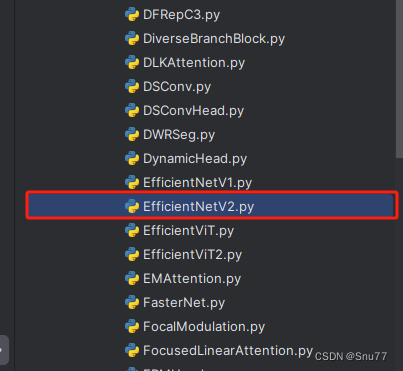
4.2 修改二
第二步我们在我们创建的目录内创建一个新的py文件名字为'__init__.py'(只需要创建一个即可),然后在其内部导入我们本文的改进机制即可,其余代码均为未发大家没有不用理会!。
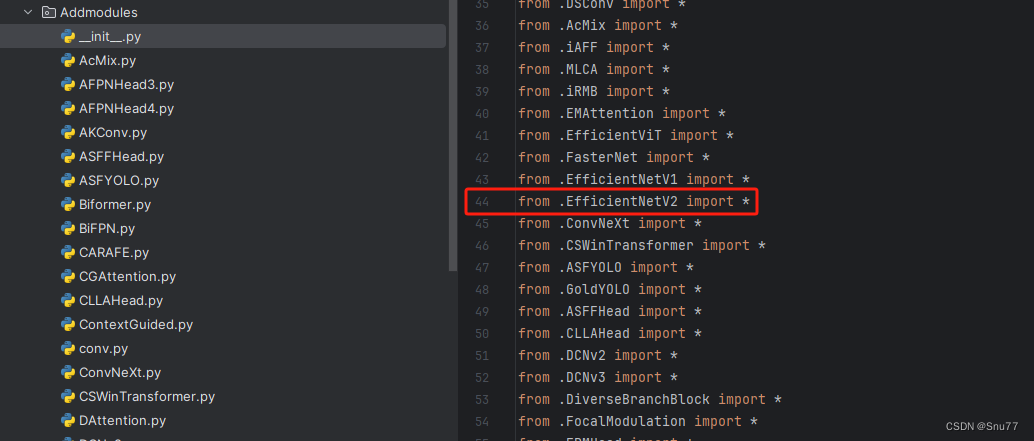
4.3 修改三
第三步我门中到如下文件'ultralytics/nn/tasks.py'然后在开头导入我们的所有改进机制(如果你用了我多个改进机制,这一步只需要修改一次即可)。
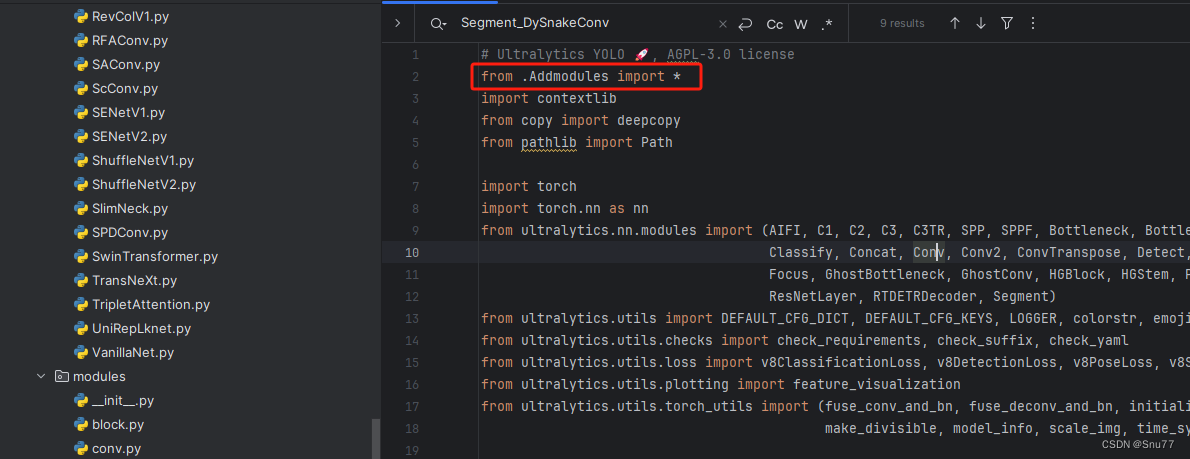
4.4 修改四
添加如下两行代码!!!

4.5 修改五
找到七百多行大概把具体看图片,按照图片来修改就行,添加红框内的部分,注意没有()只是函数名(此处我的文件里已经添加很多了后期都会发出来,大家没有的不用理会即可)。

elif m in {自行添加对应的模型即可,下面都是一样的}:
m = m(*args)
c2 = m.width_list # 返回通道列表
backbone = True4.6 修改六
用下面的代码替换红框内的内容。
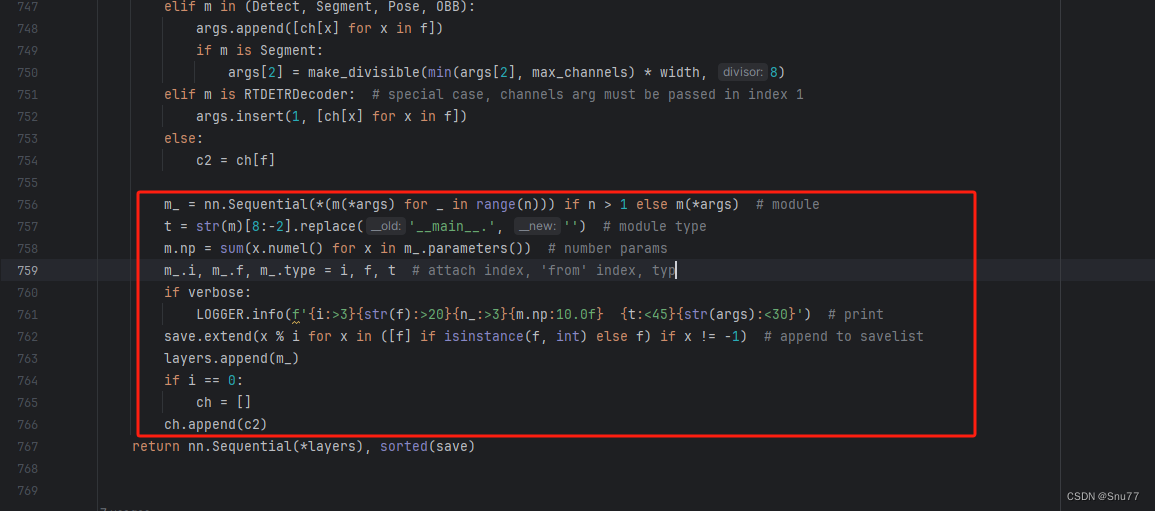
if isinstance(c2, list):
m_ = m
m_.backbone = True
else:
m_ = nn.Sequential(*(m(*args) for _ in range(n))) if n > 1 else m(*args) # module
t = str(m)[8:-2].replace('__main__.', '') # module type
m.np = sum(x.numel() for x in m_.parameters()) # number params
m_.i, m_.f, m_.type = i + 4 if backbone else i, f, t # attach index, 'from' index, type
if verbose:
LOGGER.info(f'{i:>3}{str(f):>20}{n_:>3}{m.np:10.0f} {t:<45}{str(args):<30}') # print
save.extend(
x % (i + 4 if backbone else i) for x in ([f] if isinstance(f, int) else f) if x != -1) # append to savelist
layers.append(m_)
if i == 0:
ch = []
if isinstance(c2, list):
ch.extend(c2)
if len(c2) != 5:
ch.insert(0, 0)
else:
ch.append(c2)4.7 修改七
修改七这里非常要注意,不是文件开头YOLOv8的那predict,是400+行的RTDETR的predict!!!初始模型如下,用我给的代码替换即可!!!

代码如下->
def predict(self, x, profile=False, visualize=False, batch=None, augment=False, embed=None):
"""
Perform a forward pass through the model.
Args:
x (torch.Tensor): The input tensor.
profile (bool, optional): If True, profile the computation time for each layer. Defaults to False.
visualize (bool, optional): If True, save feature maps for visualization. Defaults to False.
batch (dict, optional): Ground truth data for evaluation. Defaults to None.
augment (bool, optional): If True, perform data augmentation during inference. Defaults to False.
embed (list, optional): A list of feature vectors/embeddings to return.
Returns:
(torch.Tensor): Model's output tensor.
"""
y, dt, embeddings = [], [], [] # outputs
for m in self.model[:-1]: # except the head part
if m.f != -1: # if not from previous layer
x = y[m.f] if isinstance(m.f, int) else [x if j == -1 else y[j] for j in m.f] # from earlier layers
if profile:
self._profile_one_layer(m, x, dt)
if hasattr(m, 'backbone'):
x = m(x)
if len(x) != 5: # 0 - 5
x.insert(0, None)
for index, i in enumerate(x):
if index in self.save:
y.append(i)
else:
y.append(None)
x = x[-1] # 最后一个输出传给下一层
else:
x = m(x) # run
y.append(x if m.i in self.save else None) # save output
if visualize:
feature_visualization(x, m.type, m.i, save_dir=visualize)
if embed and m.i in embed:
embeddings.append(nn.functional.adaptive_avg_pool2d(x, (1, 1)).squeeze(-1).squeeze(-1)) # flatten
if m.i == max(embed):
return torch.unbind(torch.cat(embeddings, 1), dim=0)
head = self.model[-1]
x = head([y[j] for j in head.f], batch) # head inference
return x4.8 修改八
我们将下面的s用640替换即可,这一步也是部分的主干可以不修改,但有的不修改就会报错,所以我们还是修改一下。
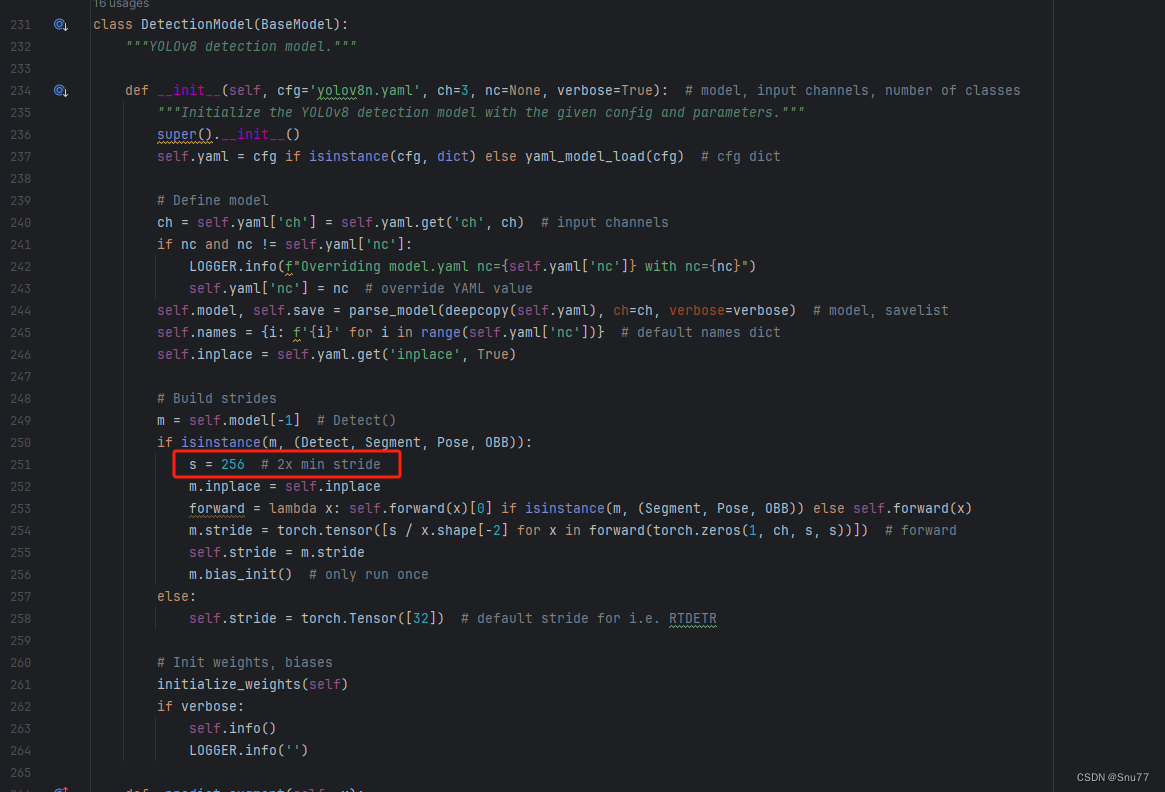
4.9 RT-DETR不能打印计算量问题的解决
计算的GFLOPs计算异常不打印,所以需要额外修改一处, 我们找到如下文件'ultralytics/utils/torch_utils.py'文件内有如下的代码按照如下的图片进行修改,大家看好函数就行,其中红框的640可能和你的不一样, 然后用我给的代码替换掉整个代码即可。

def get_flops(model, imgsz=640):
"""Return a YOLO model's FLOPs."""
try:
model = de_parallel(model)
p = next(model.parameters())
# stride = max(int(model.stride.max()), 32) if hasattr(model, 'stride') else 32 # max stride
stride = 640
im = torch.empty((1, 3, stride, stride), device=p.device) # input image in BCHW format
flops = thop.profile(deepcopy(model), inputs=[im], verbose=False)[0] / 1E9 * 2 if thop else 0 # stride GFLOPs
imgsz = imgsz if isinstance(imgsz, list) else [imgsz, imgsz] # expand if int/float
return flops * imgsz[0] / stride * imgsz[1] / stride # 640x640 GFLOPs
except Exception:
return 0
4.10 可选修改
有些读者的数据集部分图片比较特殊,在验证的时候会导致形状不匹配的报错,如果大家在验证的时候报错形状不匹配的错误可以固定验证集的图片尺寸,方法如下 ->
找到下面这个文件ultralytics/models/yolo/detect/train.py然后其中有一个类是DetectionTrainer class中的build_dataset函数中的一个参数rect=mode == 'val'改为rect=False

五、EfficientNetV2的yaml文件
5.1 yaml文件
大家复制下面的yaml文件,然后通过我给大家的运行代码运行即可,RT-DETR的调参部分需要后面的文章给大家讲,现在目前免费给大家看这一部分不开放。
# Ultralytics YOLO 🚀, AGPL-3.0 license
# RT-DETR-l object detection model with P3-P5 outputs. For details see https://docs.ultralytics.com/models/rtdetr
# Parameters
nc: 80 # number of classes
scales: # model compound scaling constants, i.e. 'model=yolov8n-cls.yaml' will call yolov8-cls.yaml with scale 'n'
# [depth, width, max_channels]
l: [1.00, 1.00, 1024]
backbone:
# [from, repeats, module, args]
- [-1, 1, efficientnet_v2, []] # 4
head:
- [-1, 1, Conv, [256, 1, 1, None, 1, 1, False]] # 5 input_proj.2
- [-1, 1, AIFI, [1024, 8]] # 6
- [-1, 1, Conv, [256, 1, 1]] # 7, Y5, lateral_convs.0
- [-1, 1, nn.Upsample, [None, 2, 'nearest']] # 8
- [3, 1, Conv, [256, 1, 1, None, 1, 1, False]] # 9 input_proj.1
- [[-2, -1], 1, Concat, [1]] # 10
- [-1, 3, RepC3, [256, 0.5]] # 11, fpn_blocks.0
- [-1, 1, Conv, [256, 1, 1]] # 12, Y4, lateral_convs.1
- [-1, 1, nn.Upsample, [None, 2, 'nearest']] # 13
- [2, 1, Conv, [256, 1, 1, None, 1, 1, False]] # 14 input_proj.0
- [[-2, -1], 1, Concat, [1]] # 15 cat backbone P4
- [-1, 3, RepC3, [256, 0.5]] # X3 (16), fpn_blocks.1
- [-1, 1, Conv, [256, 3, 2]] # 17, downsample_convs.0
- [[-1, 12], 1, Concat, [1]] # 18 cat Y4
- [-1, 3, RepC3, [256, 0.5]] # F4 (19), pan_blocks.0
- [-1, 1, Conv, [256, 3, 2]] # 20, downsample_convs.1
- [[-1, 7], 1, Concat, [1]] # 21 cat Y5
- [-1, 3, RepC3, [256, 0.5]] # F5 (22), pan_blocks.1
- [[16, 19, 22], 1, RTDETRDecoder, [nc, 256, 300, 4, 8, 3]] # Detect(P3, P4, P5)
5.2 运行文件
大家可以创建一个train.py文件将下面的代码粘贴进去然后替换你的文件运行即可开始训练。
import warnings
from ultralytics import RTDETR
warnings.filterwarnings('ignore')
if __name__ == '__main__':
model = RTDETR('替换你想要运行的yaml文件')
# model.load('') # 可以加载你的版本预训练权重
model.train(data=r'替换你的数据集地址即可',
cache=False,
imgsz=640,
epochs=72,
batch=4,
workers=0,
device='0',
project='runs/RT-DETR-train',
name='exp',
# amp=True
)5.3 成功训练截图
下面是成功运行的截图(确保我的改进机制是可用的),已经完成了有1个epochs的训练,图片太大截不全第2个epochs了。

六、全文总结
从今天开始正式开始更新RT-DETR剑指论文专栏,本专栏的内容会迅速铺开,在短期呢大量更新,价格也会乘阶梯性上涨,所以想要和我一起学习RT-DETR改进,可以在前期直接关注,本文专栏旨在打造全网最好的RT-DETR专栏为想要发论文的家进行服务。
专栏链接:RT-DETR剑指论文专栏,持续复现各种顶会内容——论文收割机RT-DETR

